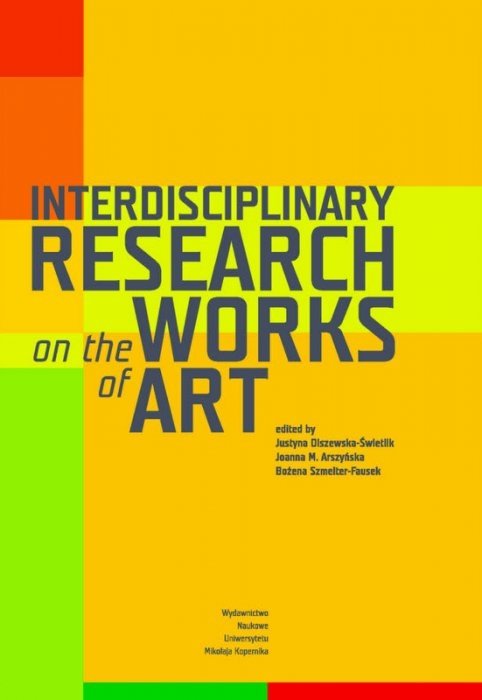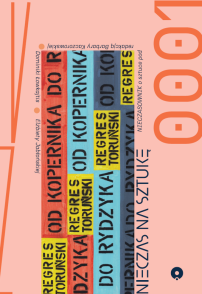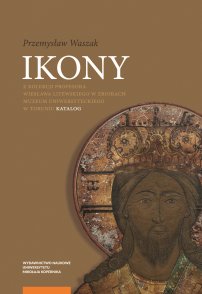dr hab. Justyna Olszewska-Świetlik, prof. UMK jest konserwatorem malarstwa i rzeźby polichromowanej, od 1991 roku pracownikiem naukowo-dydaktyczny w Zakładzie Technologii Technik Malarskich Instytutu Zabytkoznawstwa i Konserwatorstwa Uniwersytetu Mikołaja Kopernika w Toruniu. Zajmuję się działalnością dydaktyczną i badawczą związaną z zagadnieniami technologicznymi, artystycznymi, konserwatorskimi. Interesuje się średniowiecznym, nowożytnym i współczesnym warsztatem malarskim, rekonstrukcją technologii i technik malarskich, kompleksowymi badaniami i konserwacją dzieł sztuki. Autorka publikacji dotyczących rozpoznania dawnych technologii malarskich, badań dzieł sztuki, zagadnień konserwatorskich i artystycznych. Znawca zagadnień warsztatowych związanych przede wszytskim ze szkoła gdańską, śląską, ale również północnoeuropejską. Do najważniejszych publikacji należą: Warsztat malarski Mistrza ołtarza ze Strzegomia (1486/87), Toruń 2002; (razem z: J. Flik), Tryptyk „Sąd Ostateczny” Hansa Memlinga z Muzeum Narodowegow Gdańsku. Technologia i technika malarska, Toruń 2005; Technologia i technika gdańskiego malarstwa tablicowego drugiej połowy XV wieku, Toruń 2005; Warsztat malarski antwerpskiego retabulum św. Adriana z Bazyliki Mariackiej w Gdańsku, Toruń 2008; Technologia i technika malarska wybranych nowożytnych epitafiów z Bazyliki Mariackiej w Gdańsku, Toruń, 2009; Gdański warsztat malarski schyłku XVII i w XVIII wieku na przykładach wybranych portretów przedstawiających protestanckich duchownych, Toruń 2010.
Justyna Olszewska-Świetlik Ph.D., prof. UMK is a painting and polychrome sculpture conservator. Since 1991, she has been employed as a researcher and tutor at the Department of Painting Technologies and Techniques of Institute for the Study, Restoration and Conservation of Cultural Heritage at Nicolas Copernicus University in Toruń. The main concern is teaching and conducting research connected with technology, art and conservation. She is interested in medieval, modern and contemporary painting workshop, painting technologies and techniques reconstruction, complex research and work of art conservation. She is the author of publications concerning identifying old painting technologies, works of art analyses, conservation and art. An expert in the field of workshop issues connected with, above all, Gdańsk, Silesia as well as Nort-European schools. Her most important publications are: Warsztat malarski Mistrza ołtarza ze Strzegomia (1486/87), Toruń 2002; (razem z: J. Flik), Tryptyk „Sąd Ostateczny” Hansa Memlinga z Muzeum Narodowegow Gdańsku. Technologia i technika malarska, Toruń 2005; Technologia i technika gdańskiego malarstwa tablicowego drugiej połowy XV wieku, Toruń 2005; Warsztat malarski antwerpskiego retabulum św. Adriana z Bazyliki Mariackiej w Gdańsku, Toruń 2008; Technologia i technika malarska wybranych nowożytnych epitafiów z Bazyliki Mariackiej w Gdańsku, Toruń, 2009; Gdański warsztat malarski schyłku XVII i w XVIII wieku na przykładach wybranych portretów przedstawiających protestanckich duchownych, Toruń 2010.










